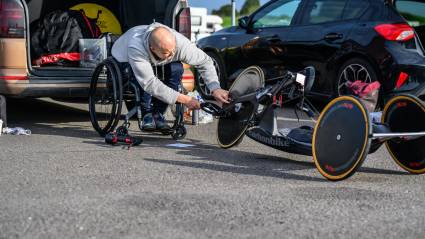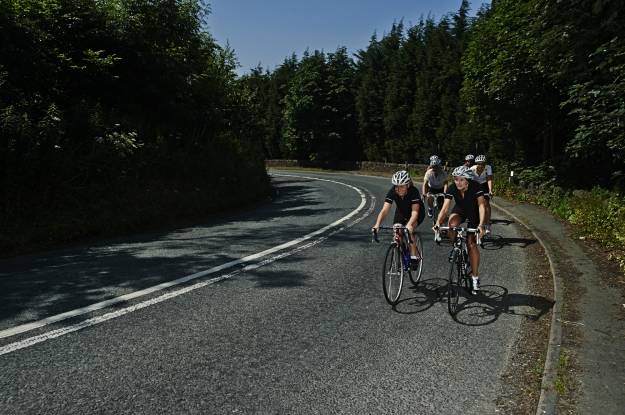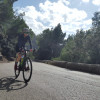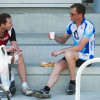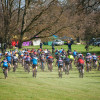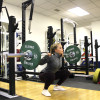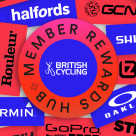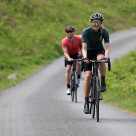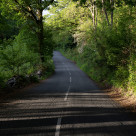Acclimatise
The most common reason for riders suffering from gastric distress and underperforming, especially when riding abroad, is that they’re not acclimated to the heat. You’ve invested a lot of time and effort in preparation and probably money too for entry, flights and accommodation so, neglecting this key factor is really shortsighted.
It’s really easy, in the weeks leading up to such an event to set your turbo up in your conservatory or bathroom, heat it up to 30C and achieve some really significant acclimatisation. You only need to do 8-10 30-60 minute long sessions and these can include double session days. If you think you’re likely to experience temperatures exceeding 35C, it’s worth seeking professional advice as to a safe and effective protocol.
Similarly, if the temperature suddenly ramps up at home, give your body a few rides to adapt before going especially long or hard and follow the tips below to adapt your riding.
Adapt your pacing strategy
Be aware that you’ll probably need to re-evaluate your pacing strategies if faced with hot conditions, especially if you’re not acclimatised. Ride to the lower ends of your normal training zones and, on long rides, pace ultra-conservatively early on until you’ve got an idea how your body is reacting to the heat. Don’t just mindlessly stick to your regular training zones or one measure of them. Use a combination of power, heart rate and perceived exertion to judge how you’re doing.
Hydrate
There’s been a lot of misinformation about hydration and endurance activities but the bottom line is that, for long rides in hot conditions, dehydration is far more of a concern than over-hydration. Exact fluid requirements vary considerably depending on the rider, climatic conditions and riding intensity. However, you’re probably looking at 500-1000ml per hour. A good guideline is to have a sip from your bottle every 5-10 minutes. Don’t forget you’ll also need to replace electrolytes along with the fluids.
Take action against heat exhaustion
Heat exhaustion and the far more serious heat stroke are a risk if you’re riding in the heat and you should be aware of the signs and treatment for yourself and other riders.
Heat Exhaustion and Heat Stroke
Take a break
If you do start feeling overly fatigued, nauseous, as if you’re overheating or that your heart rate seems higher than the effort you’re making, stop and have a break. Find some shade, sip some fluid and take 15-30 minutes to allow yourself to cool down and reboot.
Don’t burn
Along with the serious long-term health implications, sunburn can impair thermoregulation and potentially reduce performance. On multi-day rides it can also impact on sleep quality and have an accumulative negative effect on performance.
Watch out for insects
Flying insects can easily be sucked into the vents of your helmet, hit you in the eye and sting you. Many helmets have insect mesh over the vents and you should always wear glasses when riding to protect your eyes from insects, road debris and to prevent streaming on long descents. Carrying some non-drowsy anti-histamine tablets or some topical cream can significantly reduce the impact of an insect sting or bite. If you know you are allergic to insect stings, make sure that you are carrying the appropriate medicine, you have the necessary information for medical personal on you and that you have informed your riding partners.
Get out early or late
For general riding and training, especially if you’ve got some higher end efforts planned, look to ride either early in the morning or late in the evening when temperatures will be lower. If possible, when training abroad or during unusually hot spells, avoid riding during the middle of the day when the sun is at its most intense.
Air quality
In urban areas hot weather can lead to a significant reduction in air quality and, in poor conditions, riding should be avoided. Most weather forecasts now also carry air quality and pollution level warnings. Riders with asthma and other respiratory conditions need to be especially vigilant and should always carry their inhalers or other medicines. In rural areas, high pollen counts can be an issue for riders who suffer from hay fever and again, weather forecasts should be consulted and, if necessary, riding plans altered and appropriate medical steps taken.
Recovery
Along with following your normal post ride routine to optimise recovery, if you’ve been riding in the heat, bringing your body temperature back down to normal levels should also be a priority. Get inside and into the cool as soon as possible, don’t be tempted to sit out in the sun and consider blending some ice into your recovery drink. A cool shower or bath will also help and, once clean and dry, you should aim to relax inside or in the shade until you feel as though your body temperature has returned to normal.
Optimise your recovery







